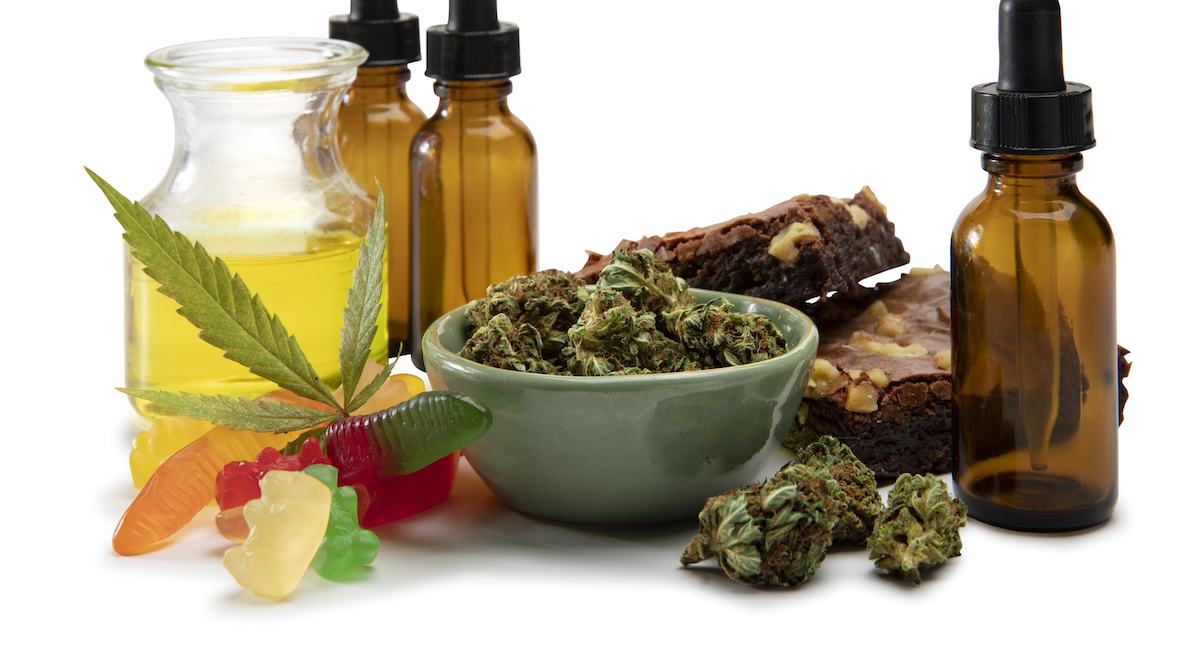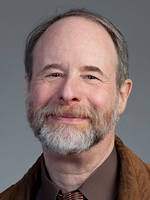Marijuana’s decades-long makeover is almost complete. Long vilified as an evil drug, famously in the 1936 propaganda film “Reefer Madness,” marijuana is now considered a possible treatment for everything from Alzheimer’s disease and multiple sclerosis to muscle pain, appetite loss and some mental health conditions.
Since July 1, marijuana’s recreational use has been legal in Connecticut — nine years after the legalization of its medical use — with plans to open recreational-use dispensaries in the state next year
“The tide has really turned since the ’60s and ’70s, when Richard Nixon was pushing cannabis as a danger, corrupting our views of something that’s much more benign,” says Dr. Godfrey Pearlson, director of the Olin Neuropsychiatry Research Center at the Institute of Living, who has investigated marijuana use, its side effects, legal ramifications, effects on driving and other related issues for much of his career. He is also the author of “Weed Science: Cannabis Controversies and Challenges,” a popular science book published last year.
“The perception of the risks of the drug have changed more than anything else,” says Dr. Pearlson in “The Cannabis Connection,” the latest episode of Hartford HealthCare’s More Life podcast series hosted by Steve Coates.
As in “Weed Science,” Dr. Pearlson talks in plain language about the risks, benefits and myths of marijuana.
How many times, for example, have you heard that marijuana is a gateway drug?
“There’s very little truth to that idea,” says Dr. Pearlson, “that marijuana is a gateway drug to harder drugs. There’s more evidence that tobacco (is a gateway drug). The old joke is that if marijuana is a gateway to anything, it’s a gateway to your refrigerator.”
Yet marijuana remains classified a Schedule 1 drug, alongside heroin and others, by the Food and Drug Administration, with no currently accepted medical use and a high potential for abuse.
“It seems obvious that as we look at the impacts of legalization,” says Dr. Pearlson, “we need to look at the harm, the potential harm and the benefits of the drug — which is part of the reason that my lab is studying harms as well as benefits.”
Dr. Pearlson and his team at Olin, in fact, have received a grant from the National Highway Traffic Safety Administration to investigate dual testing of alcohol and marijuana use in drivers.
“Alcohol and cannabis are very different substances,” says Dr. Pearlson.
Find out why testing impaired drivers is so difficult, the surprising effects of combining modest amounts of marijuana and alcohol, any residual impairment and why marijuana’s high doesn’t last very long.
It’s a new look, minus the hysteria, at the recreational use of this once-demonized drug.



